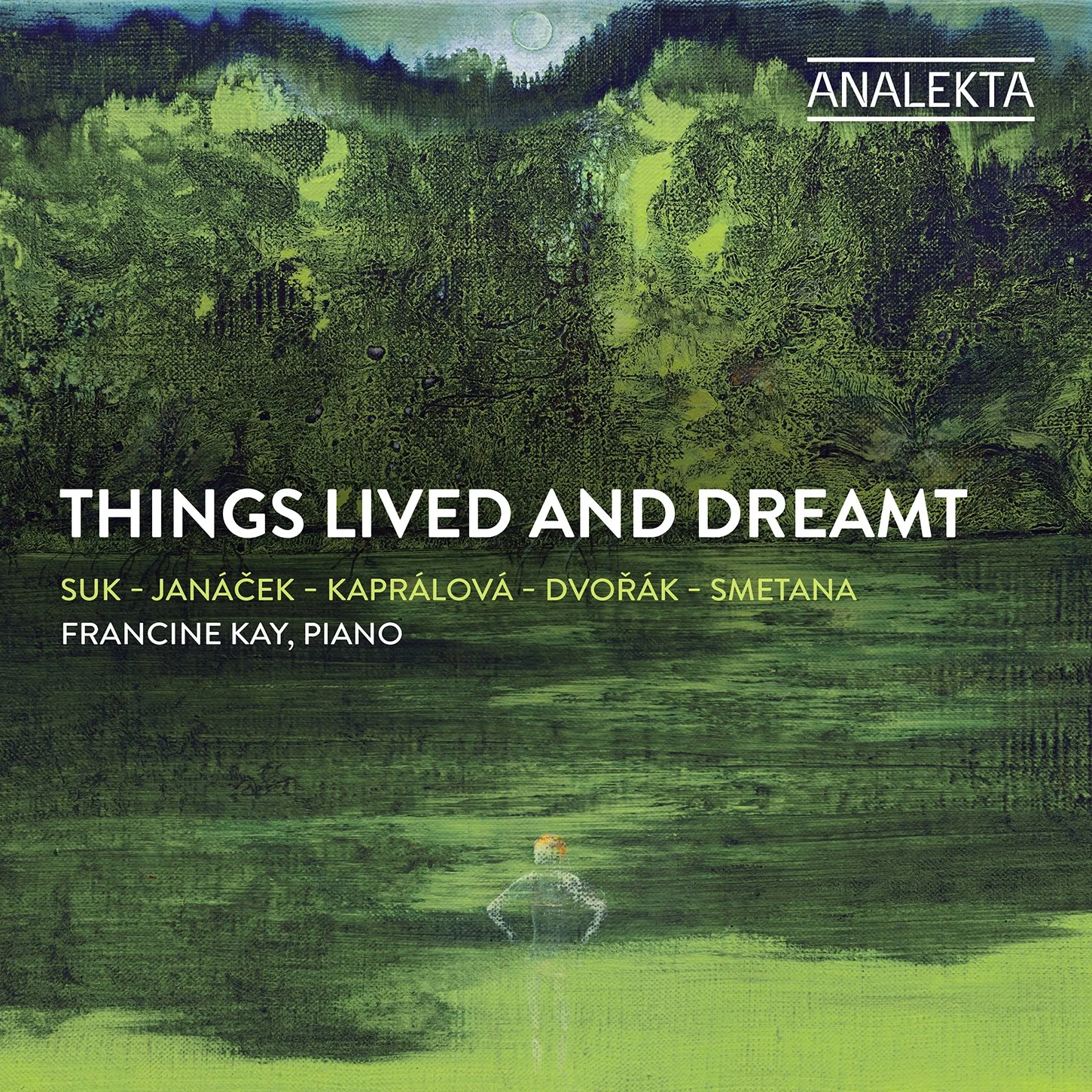In Bond’s Clara, An Artist Is Seen Becoming Herself
By Susan Brodie
BADEN-BADEN – Clara Schumann’s early 200th-birthday present was a new chamber opera about her life, premiered on April 14 at the Osterfestspiele in Baden-Baden, where the brilliant musician, best known as the wife of Robert Schumann, spent some of her most productive years. Victoria Bond’s new opera Clara, on a libretto by Barbara Zinn Krieger, portrays the life of a brilliant but too-little-known artist who “had it all” in an era when a woman was expected to serve the man in her life at the expense of her own needs and ambitions.
…
Bond’s opera emphasizes Clara’s inner life and the conflicts of a woman struggling to balance the demands of those who depend on her against her rising consciousness of her own needs. For the young production team – director Carmen C. Kruse, Eleni C. Konstantatou, sets and costumes, and Rebekka Meyer, dramaturgy – Clara’s musicianship is secondary: With no piano on stage, we never see anyone playing or composing music. Clara exists in relation to the three main men in her life – her father, Robert, and Brahms – as she matures out of docile acceptance of their expectations to recognizing and claiming the legitimacy of her artistic and personal worth.
The stage held a seven-panel glass structure that rotated around a platform, furnished with a rock, a few birch trees, and sand, rather like a large twelve-sided terrarium with missing panels. Lighting turned the glass transparent or reflective, and the position in rotation gave the impression of greater or lesser intimacy. Before each scene, a pantomime at the back of the stage (largely obscured from my view by set elements) introduced the theme of the following sequence. Over ten scenes (plus prologue and epilogue), as Clara works out the meaning of her life, she becomes more voluble and has more and more to sing.
The music is largely tonal and makes extensive use of themes evoking music by Schumann or Brahms (and, I presume, Clara herself), often quoting it directly. As the drama intensifies, the familiar material is transformed into something more dissonant, with harsh instrumental writing and insistent repetition, a device that also suggests Robert’s obsessions and growing sense of persecution. Clara’s inner monologues often use a chant-like style reminiscent of Poulenc, while her outward-looking solos and duets are more melodic. The final scene, wherein the recently widowed Clara calmly vows to dedicate her life to bringing Robert’s work to the world, is based on themes from Frauenliebe und -leben, the song cycle Robert wrote the year the couple married.
Seven young artists from music schools in the Baden-Württenburg district filled the eight roles plus chorus parts. As Clara, the winsome soprano Theresa Immerz tackled the substantial role with sweet lyricism, sparkling high notes, and clear diction. Baritone Johannes Fritsche conveyed the ardor and unease of Robert, while Pascal Zurek was persuasive as Clara’s loving but irascible father. Tenor Patrik Hornak was notable in the relatively short role of Brahms. Occasionally musical climaxes pushed the young singers to their vocal limits; I hope the work can one day be staged with more seasoned artists better equipped for the big moments.
Conductor Michael Hasel (flute player in the Berlin Philharmonic) brought out the romantic sweep of the piece. The twelve-member ensemble of apprentice musicians from the Berlin Philharmonic’s Karajan Academy gave the impression of a larger orchestra, thanks in part to winds and horns that provided the colors of a romantic orchestra. Lilli Lorenz, Holger Stolz, and young Kaylee Austin were the poised actors who added subtext to the drama.
After three performances during the 2019 Easter Festival, Clara will have eight more performances at Theater Baden-Baden in the original version with piano trio May 10-June 15. For information go here.
Read the entire article at this link.





